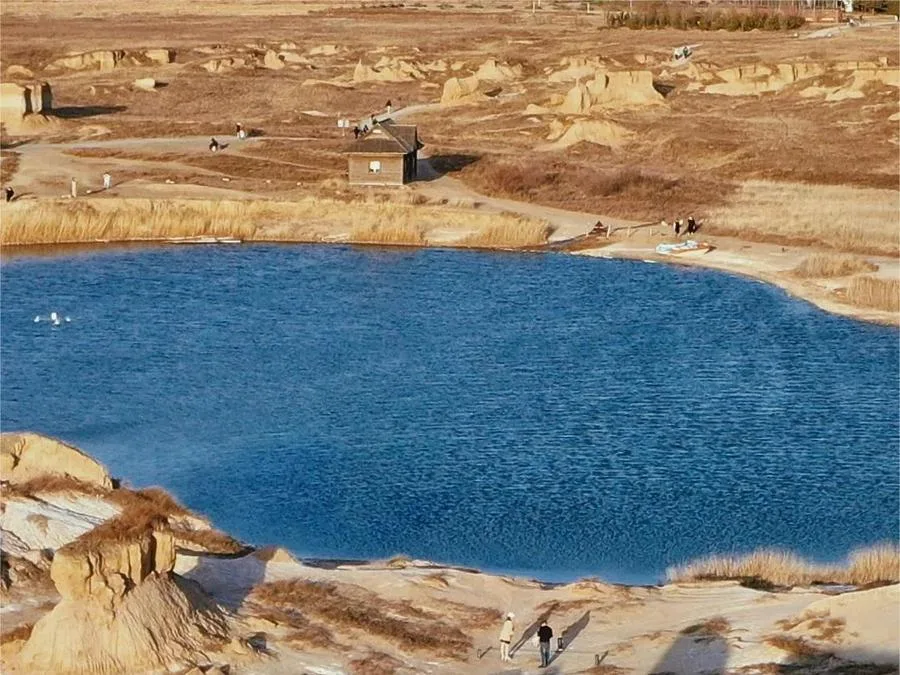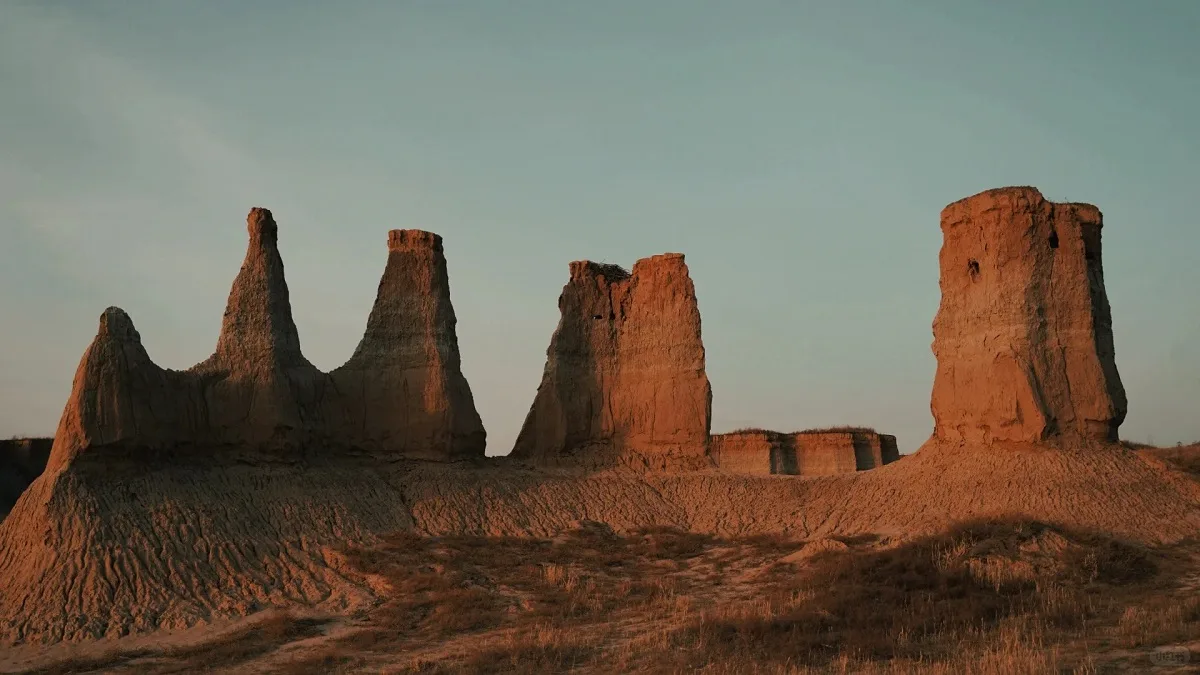The Clay Forest, also known as Tulin (土林), is a remarkable geological site located in Datong, Shanxi Province, China. Established as a scenic area in August 2007, it covers approximately 2,700 acres and is recognized as one of the most significant tourist attractions in the region. Locals often refer to it as “Shibanguo” or “Huxian Temple.” It is the only known clay forest in North China, making it a unique and valuable destination for both geological study and tourism.
Table of Contents
- Basic Information
- Location and Transportation
- Highlights of the Clay Forest
- Vlog about the Clay Forest
- Other Attractions in Datong Suburbs
Basic Information
| Estimated Length of Tour | 1 – 2 hours |
| Ticket Price | 50 RMB |
| Opening Hours | 8.00 – 19.30; Last admission: 19.00 (1st May – 30th September) 8.00 – 17.30; Last admission: 17.00 (1st October – 30th April) |
| Telephone Number | 0086-0352-8019543 |
Location and Transportation
The Clay Forest, also known as Tulin, is located in Duzhuang Township, Yunzhou District, Datong City, Shanxi Province. To get there, you can choose one of the following ways:
By Tourist Shuttle Bus: Visitors can take a direct tourist shuttle bus from Haohai International Hotel in Datong. This convenient option provides a straightforward and comfortable journey to the Clay Forest.
By Public Transportation: Alternatively, you can take the 901-1 or 901-2 bus. Get off at Duzhuang, then walk approximately 2 kilometers northeast to reach the Clay Forest.
Highlights of the Clay Forest
Unique Geological Formation

The Clay Forest in Datong boasts an extraordinary and awe-inspiring geological landscape. According to experts from the Chinese Academy of Geological Sciences, the formations of Datong Tulin were created over tens of thousands of years through the combined effects of the Quaternary Upper Pleistocene Malan Formation and the Quaternary Lower Pleistocene Nihewan Formation. This process has resulted in densely packed yet intricately arranged clay structures, which stand as testament to the long-term influence of natural forces. Unlike the clay forests of Yuanmou in Yunnan or Zanda in Tibet, the Datong Clay Forest is a unique phenomenon on the Loess Plateau, embodying both the resilience and the strength of this distinctive landscape.
Geological and Archaeological Significance

The Clay Forest is not only a marvel of natural beauty but also of great geological and archaeological importance. It lies within the Nihewan Basin, often referred to as the “cradle of ancient human culture in the East.” This area is renowned for its Paleolithic sites, providing invaluable insights into early human history and prehistoric life.
A Landscape of Diverse Forms

The clay formations in Datong Clay Forest are both varied and visually striking. The terrain features independent yet interconnected clay walls and pillars that take on a multitude of forms and shapes. Some formations resemble suspended castles, others appear like generals lined up in formation, solitary camels in the desert, or fierce tigers resting on ridges. There are also formations that evoke the image of towering peaks, slender and graceful maidens, and many other fantastical shapes. The variability of these structures offers a different visual experience from every angle and distance, highlighting the artistic power of nature.
Scenic Beauty and Visitor Experience

Surrounded by blue skies, green grasslands, and the vastness of the plateau, the Datong Clay Forest offers a picturesque landscape that changes with the seasons and weather. The interplay of light and shadow, along with the contrasting colors of the clay and vegetation, creates a stunning natural tableau. Visitors can immerse themselves in the serene yet dramatic beauty of the area, exploring its many nooks and crannies while marveling at the intricate natural sculptures





